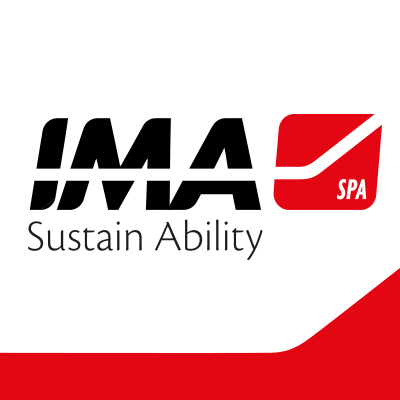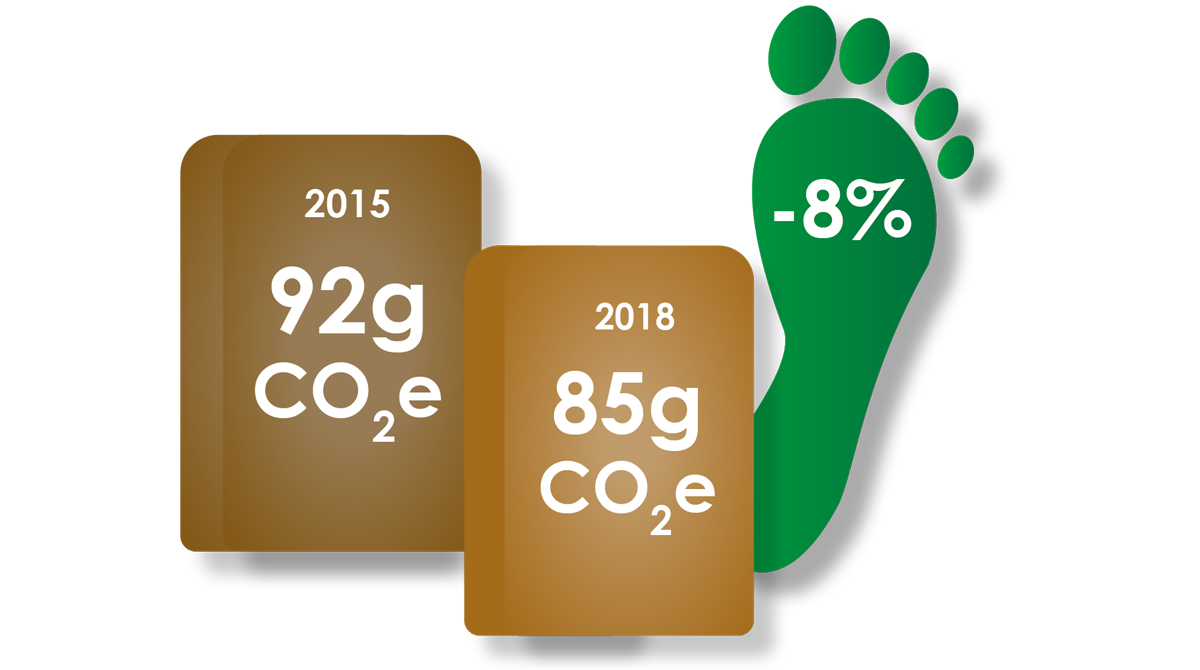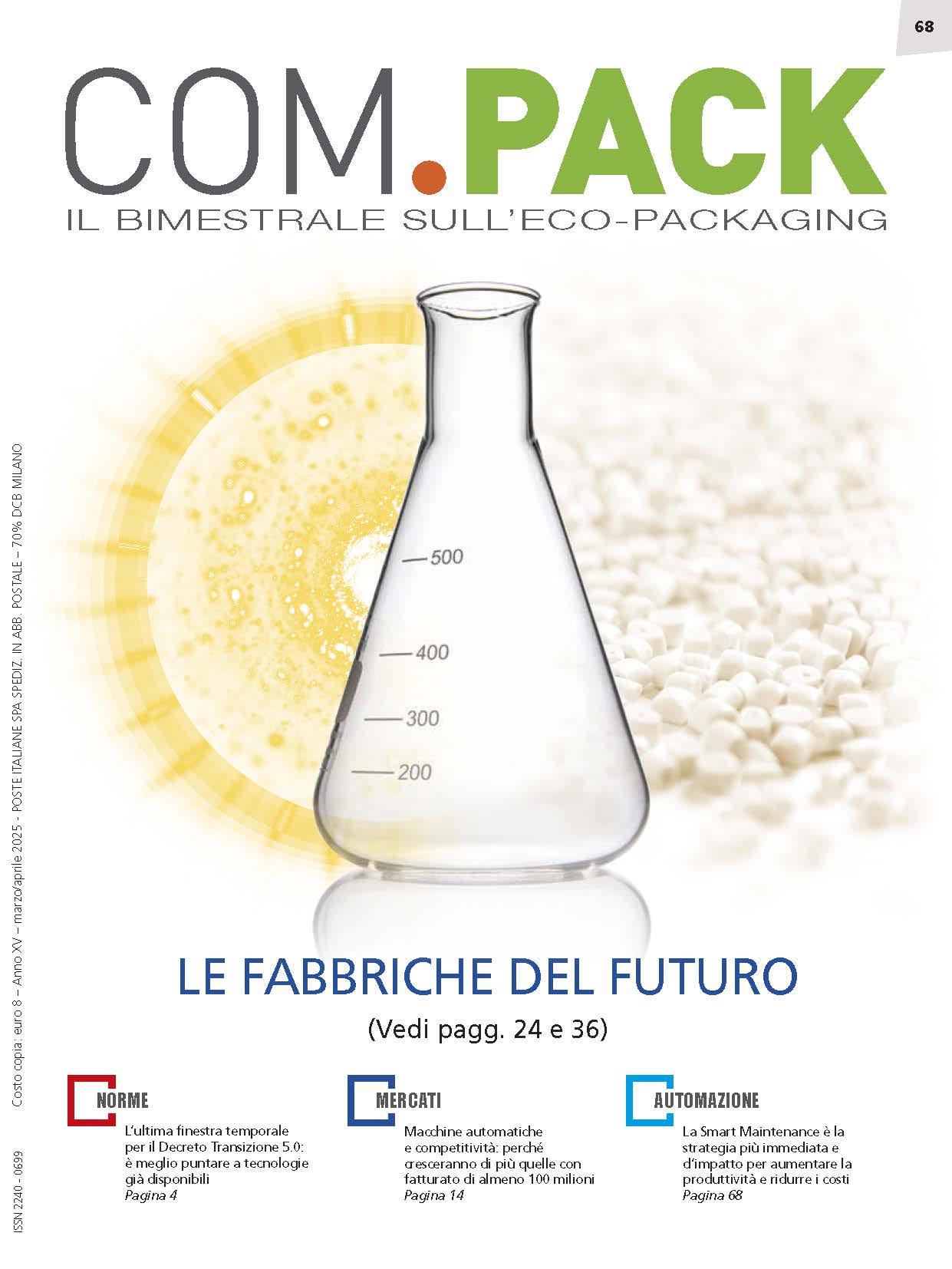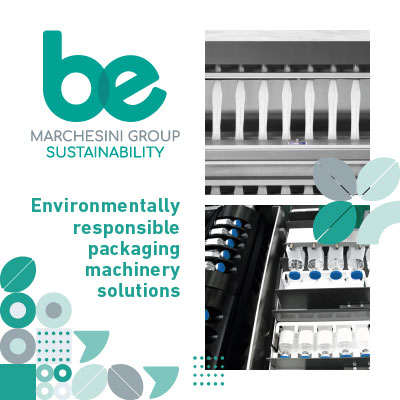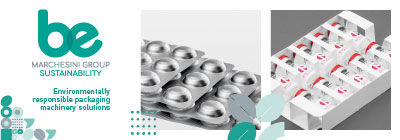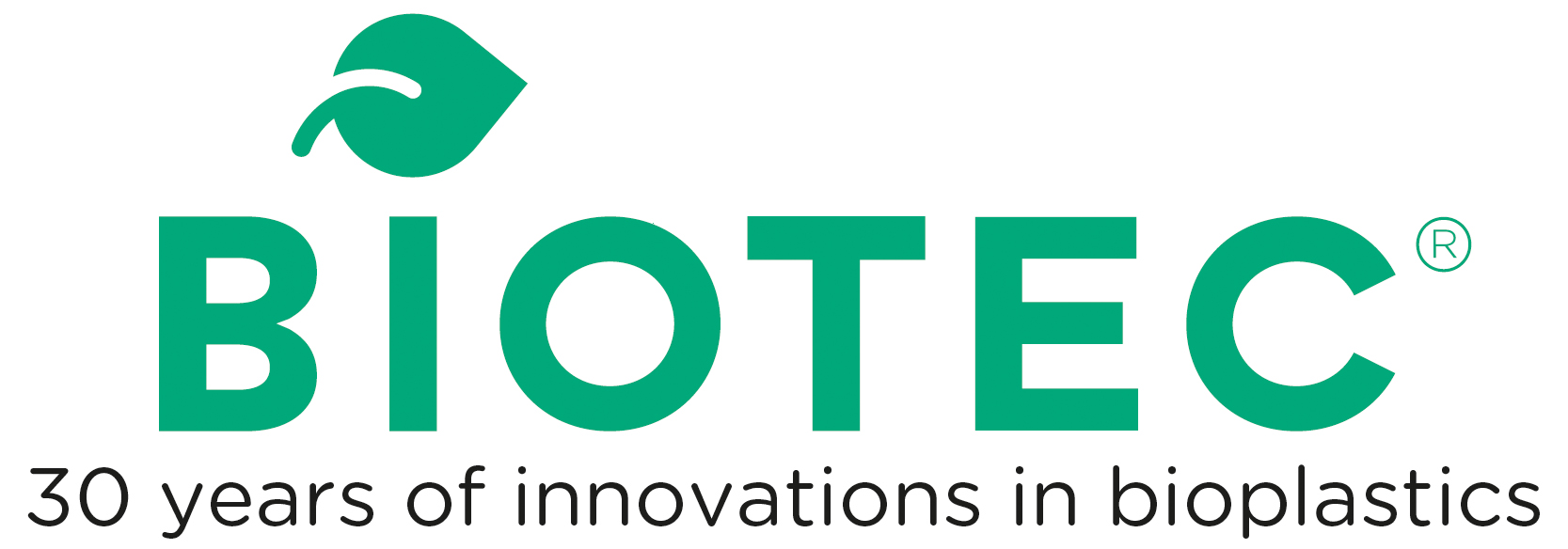The European kraft paper and paper sack industry has put further efforts into improving its carbon footprint. In only three years, between 2015 and 2018, the carbon intensity of a single paper sack was reduced by 8%. This is concluded by the latest carbon footprint analysis on European paper sacks conducted by the Swedish research institute RISE on behalf of the European Paper Sack Research Group (ESG), a collaboration between EUROSAC and CEPI Eurokraft. An infographic presents the most important results.
The recently published report by RISE on the fossil carbon footprint of average European paper sacks summarises an impressive achievement: in this three-year period, the industry improved its emissions during the subsequent stages of production from cradle to the factory gate by 8%, from 92 g CO2e to 85 g CO2e. Part of the explanation for this is lightweighting effects based on an improved paper quality and a reduction of the share of other materials such as plastic films in the paper sack. Per tonne of sack kraft paper the fossil carbon impact decreased by 0.5% from 458 kg CO2e in 2015 to 455 kg CO2e in 2018. The emissions arising during kraft paper production account for 66% of the total carbon footprint for each individual paper sack.
